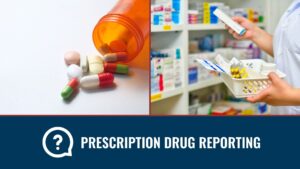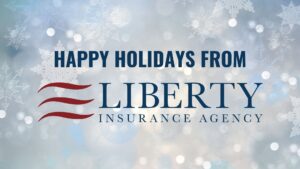The new law makes the following key changes to the terms of the loan and loan forgiveness: The act:
- Changes the amount a business is required to spend on payroll from 75% to 60%. The remaining 40% can be used for any payment of interest on any covered mortgage obligations, rent obligations or covered utilities as described in the CARES Act.
- Modifies the limitation on Loan Forgiveness to only occur if the employer uses at least 60% of the loan toward payroll costs and the remaining on the qualified expenses under the law. There is no longer graduated forgiveness.
- Extends the covered period during which borrowers must spend the PPP funds to be eligible for forgiveness from eight weeks to 24 weeks from the date of origination of the loan.
- Extends the minimum loan term for unforgiven PPP loans from two years to five years. Nothing in this Act, the CARES Act or the Paycheck Protection Program and Health Care Enhancement Act shall be construed to prohibit lenders and borrowers from mutually agreeing to modify the maturity terms of covered loans.
- Extends the rehiring safe harbor by six months to provide borrowers with additional time to restore payroll levels or rehire employees without facing a reduction in the amount of forgiveness for which they are eligible. The original date was June 30, 2020, and the new date is Dec. 31, 2020.
- Eases the loan forgiveness based on full-time equivalent employees if an employer is able to document on one or both of the following:
- The inability to rehire employees who were eligible recipients on February 15, 2020 and an inability to hire similarly qualified employees for unfilled positions on or before December 31, 2020.
- The business had an inability to return to the same level of business activity as such business was operating before February 15, 2020, due to compliance with, requirements established, or guidance issued, by the Secretary of Health and Human Services, the Director of the Centers for Disease Control and Prevention, or the Occupational Safety and Health Administration during the period beginning on March 1, 2020, and ending December 31, 2020, related to the maintenance of standards for sanitation, social distancing, or any other worker or customer safety requirement related to COVID–19.
- Eliminates a provision that makes a paycheck protection loan recipient, who has such indebtedness forgiven, ineligible to defer payroll tax payments.
Employers should work with their lenders to understand how the bill affects their lending. Employers should also regularly check the Treasury’s FAQ Paycheck Protection Program as it is updated for the new law.







